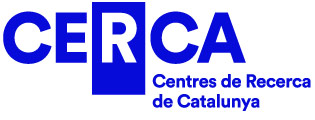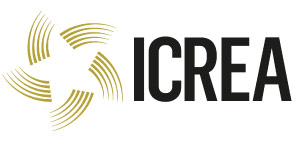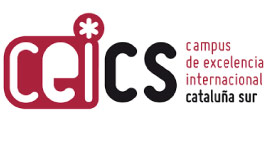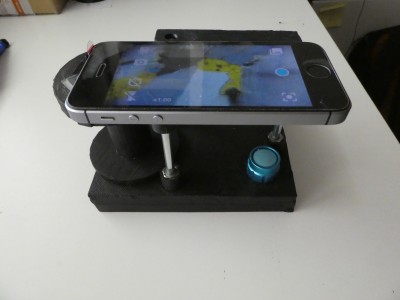
Roberta Di Febo (ICAC-UAB) and Lluís Casas (UAB) in collaboration with Smart Micro Optics have recently published an article in the Microscopy Research and Technique about the setting up of a petrographic microscope that works through an adapted smartphone.
Smart Micro Optics is a spin-off of the Italian Institute of Technology that produces tools to explore the micro-world, through a family of innovative and affordable products in the field of microscopy, electronics and micro-optics. It is from there that we envisaged the idea of using these micro-lenses in the field of petrographic microscopy.
The petrographic microscope is a very popular tool in the Earth Sciences field in terms of both educational and research activities. Alongside its application in Geology, it is also proving useful in other fields, such as Material Science, Chemistry, Archaeology or Biology.
However, the conventional petrographic microscope is a relatively expensive tool (a basic microscope costs a minimum of € 6,000) and therefore it is not generally acquired by individuals, it is rather acquired by educational and research institutions to equip their laboratories. Reducing the cost of this tool opens up doors for individuals or institutions with limited budgets to get it.
Once assembled, the imaging device is ready for operation: the light intensity can be regulated, the piece of polarizing film can be removed or inserted to switch between the PPL and XPL modes and the stage can be rotated to observe the different extinction positions in XPL similarly to a conventional petrographic microscope.
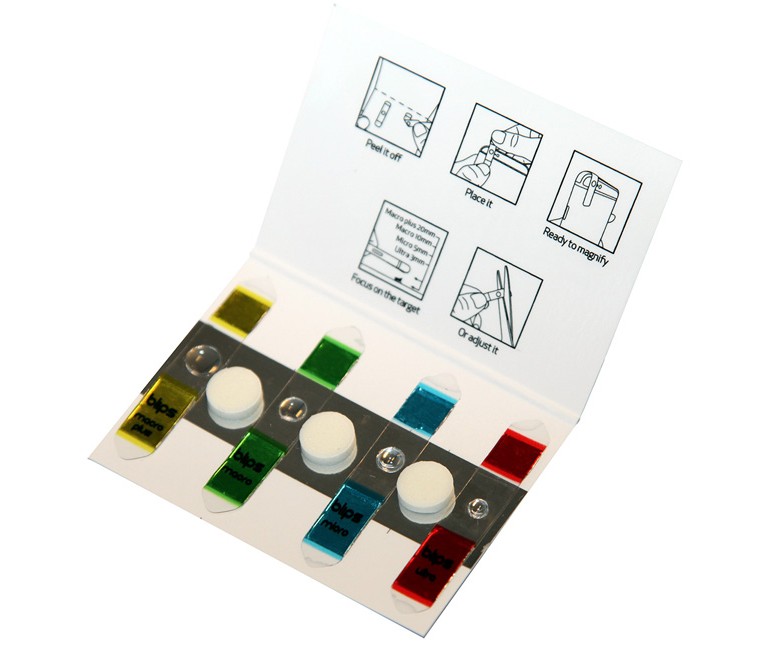
The system is cost-effective, very simple to use and has a level of performance that compares to a conventional petrographic microscope at its lowest magnification setting (40x). For many studies, this level of magnification suffices.
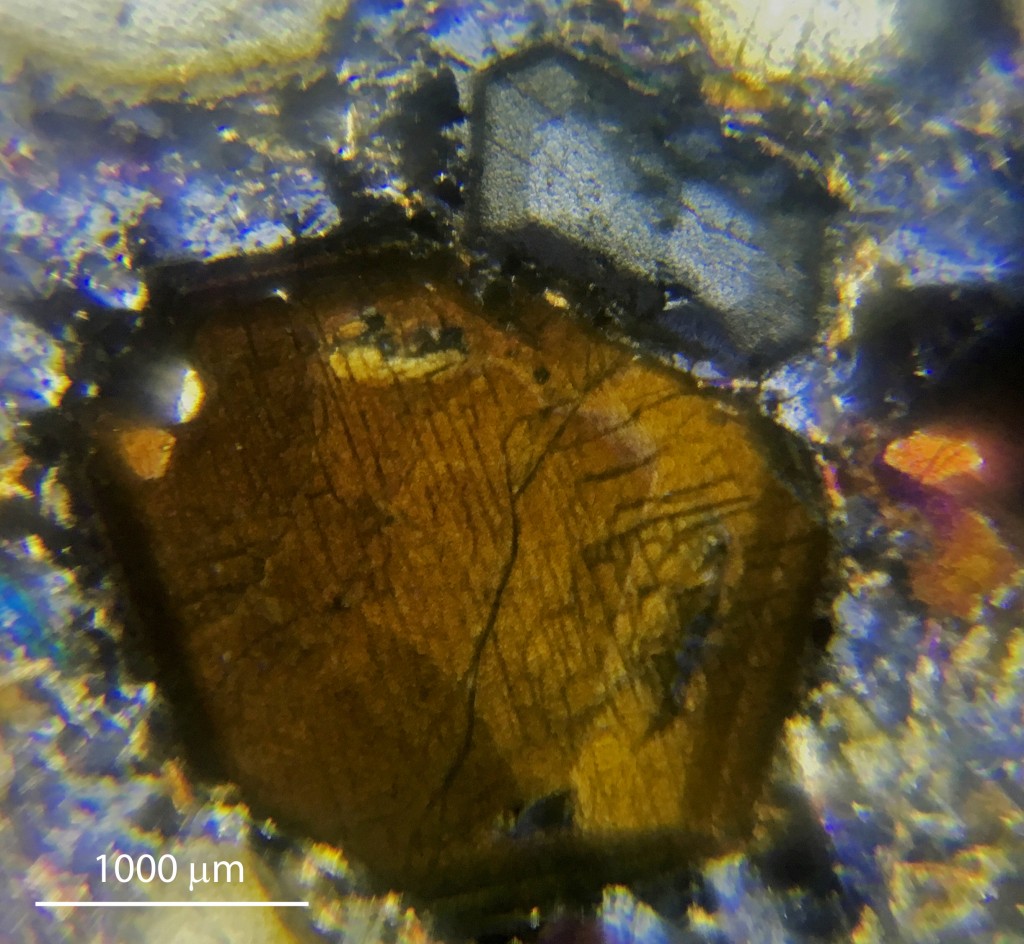
Read the paper: ‘A smartphone‐based petrographic microscope’. Roberta Di Febo, Lluís Casas, Andrea Antonini. 2021. Microscopy Research and Technique.
Funding information: Secretaría de Estado de Investigación, Desarrollo e Innovación, Grant/Award Number: CGL2013‐42167‐P.


